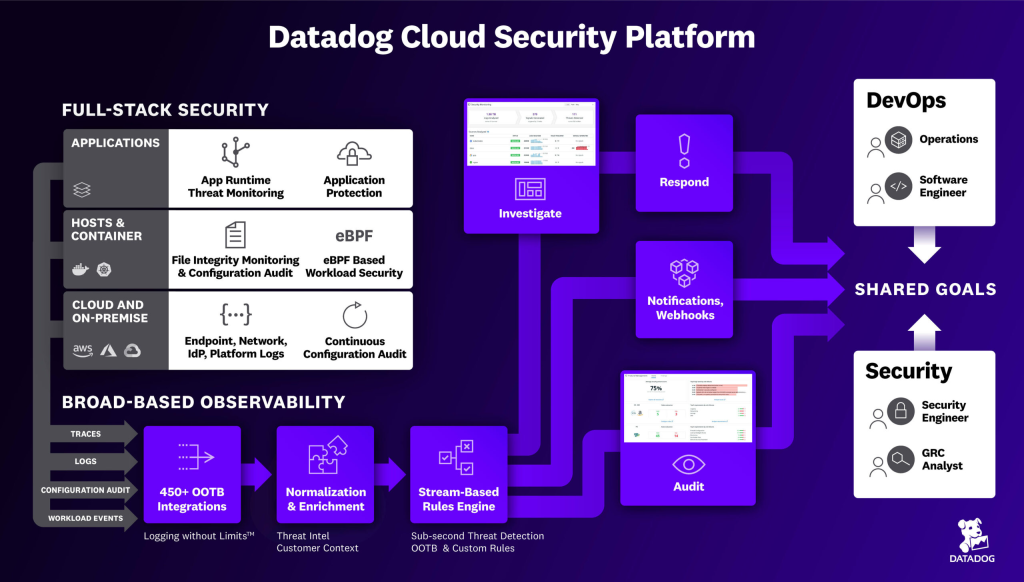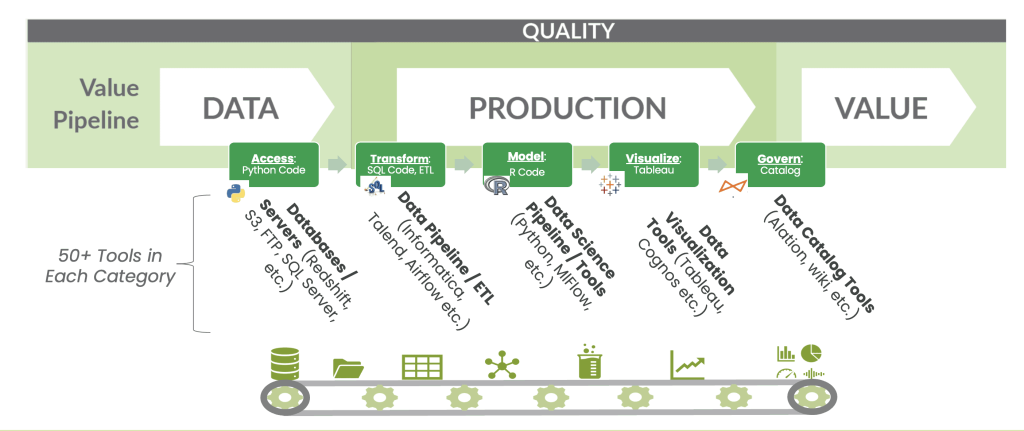
Are you curious about how Datadog is leveraging DataOps to enhance their monitoring and observability capabilities? Well, you’re in luck! In this 5000-word blog post, we’ll explore the ins and outs of DataOps and how Datadog is using it to drive their monitoring and observability solutions to the next level.
What is DataOps?
Before we dive into how Datadog is using DataOps, let’s first define what DataOps is. DataOps is a methodology that aims to streamline and automate the data lifecycle, from data creation to data consumption. It’s a concept that borrows principles from DevOps and Agile development methodologies and applies them to the data world.
At its core, DataOps focuses on collaboration, automation, and continuous improvement. By breaking down silos and automating manual processes, DataOps can help organizations move faster and more efficiently when it comes to managing and analyzing their data.
How Datadog is Using DataOps in Monitoring and Observability
Now that we have a basic understanding of what DataOps is, let’s explore how Datadog is using it to enhance their monitoring and observability solutions. Datadog is a cloud-based monitoring and analytics platform that provides real-time visibility into an organization’s entire infrastructure, applications, and logs.
Data Collection and Ingestion
One of the key areas where Datadog is using DataOps is in data collection and ingestion. Datadog supports over 450 integrations, including popular cloud platforms like AWS, Azure, and Google Cloud. By leveraging DataOps principles, Datadog can quickly and efficiently add new integrations and ensure that data is collected consistently across all sources.
Datadog also uses automation to ensure that data is ingested into the platform quickly and accurately. By automating the data ingestion process, Datadog can reduce the likelihood of errors and minimize the time it takes for new data to become available for analysis.
Data Processing and Analysis
Once data is ingested into the platform, Datadog uses DataOps to process and analyze it. Datadog’s platform includes a range of analytics tools, including machine learning-based anomaly detection, log analysis, and customizable dashboards.
By leveraging DataOps principles, Datadog can quickly iterate on their analytics capabilities and ensure that they are always providing the most accurate and valuable insights to their customers. Datadog also uses automation to streamline the data processing and analysis process, allowing them to focus their efforts on developing new features and improving existing ones.

Collaboration and Continuous Improvement
Finally, Datadog uses DataOps to drive collaboration and continuous improvement across their organization. Datadog’s platform includes a range of collaboration tools, including customizable alerts, team-based access controls, and integrations with popular communication platforms like Slack and PagerDuty.
By using DataOps principles to drive collaboration, Datadog can ensure that everyone in the organization has access to the data and insights they need to do their jobs effectively. Datadog also uses continuous improvement principles to drive innovation and ensure that their platform is always evolving to meet the needs of their customers.
Conclusion
In conclusion, Datadog is using DataOps to enhance their monitoring and observability solutions in a variety of ways. By leveraging automation, collaboration, and continuous improvement principles, Datadog can quickly and efficiently collect, process, and analyze data from a wide range of sources, providing their customers with valuable insights and real-time visibility into their entire infrastructure.
So, if you’re looking for a cloud-based monitoring and analytics platform that leverages the latest DataOps principles, look no further than Datadog!